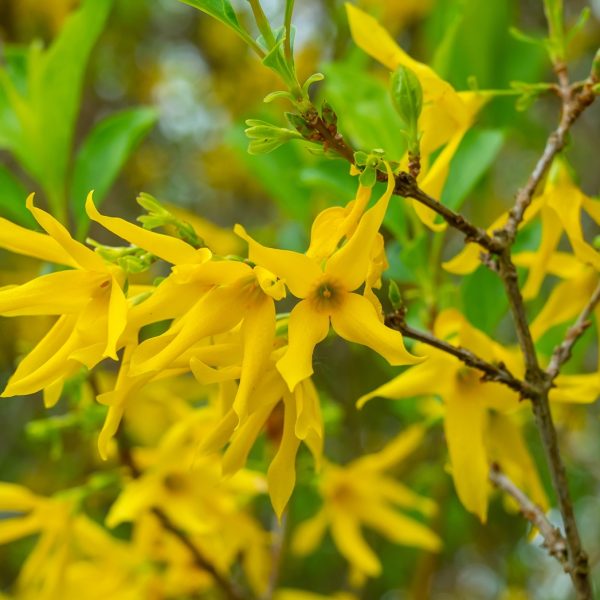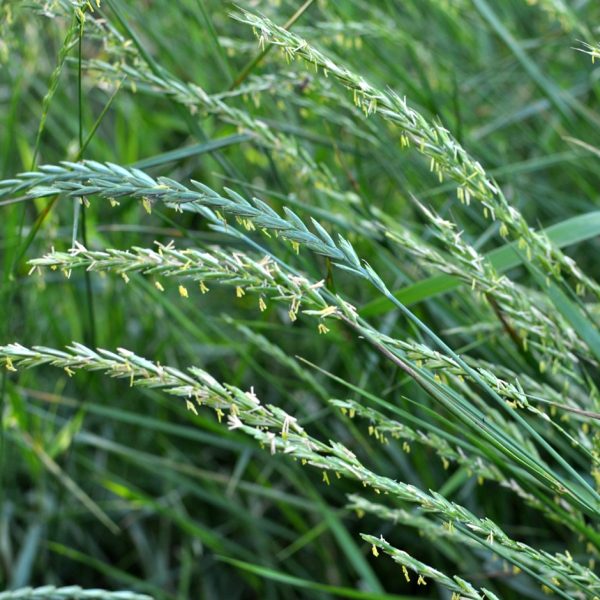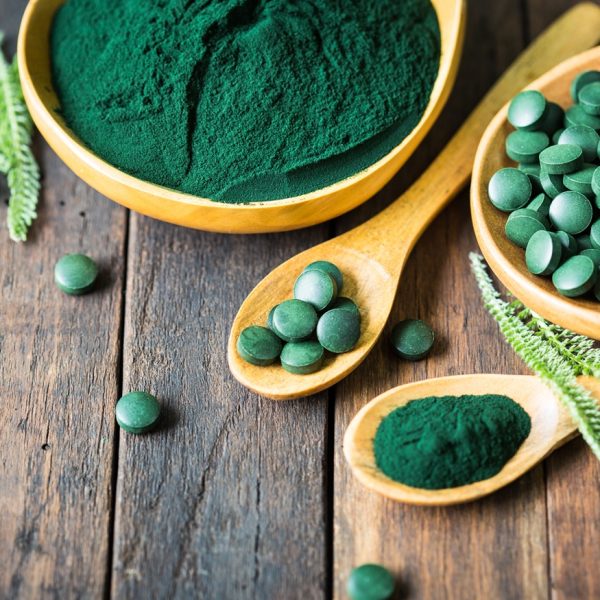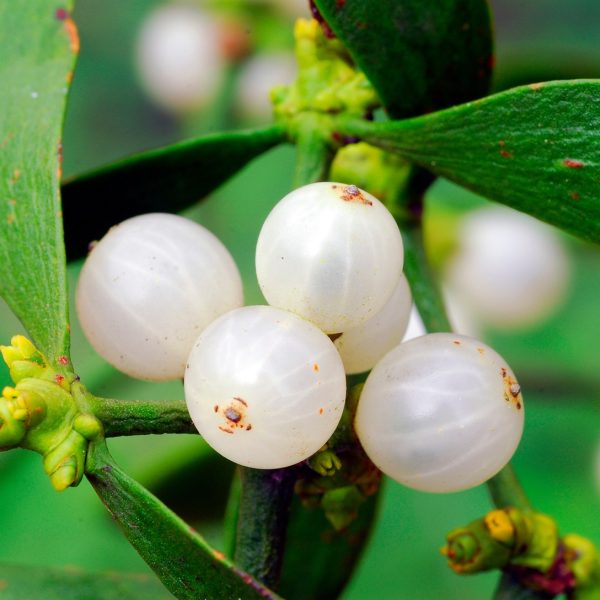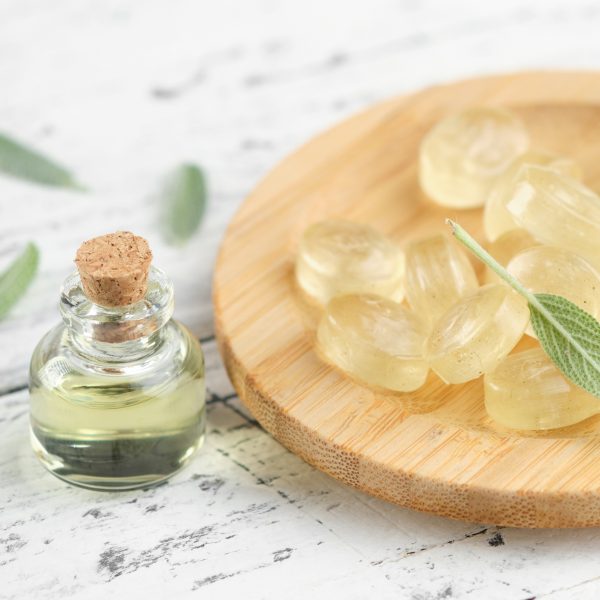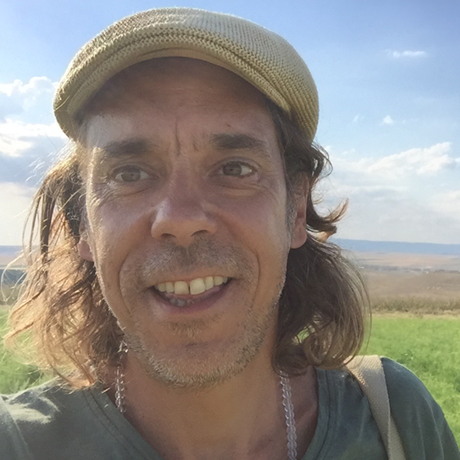Finding good quality and safe herbal products can be difficult. We explore what to look out for before you buy.
It is a common assumption that “natural=safe”. Unfortunately, this is not entirely true. Whilst herbs usually have a favourable safety profile, they are pharmacologically active and must be taken responsibly. There are a variety of factors that can make a herbal medicine unsafe, from quality, to pharmaceutical interactions and herbs that are not suitable with certain conditions.
Quality

Unfortunately finding good quality products can be difficult. Similar to food there are risks with contamination and spoilage. There are potential risks in many areas; from microbial contamination (E.Coli, aflatoxins etc); heavy metal loads (lead, mercury, arsenic etc) either found at naturally high levels in the soil or from industrial contamination; potentially toxic extraneous materials harvested accidentally with the intended species (pyrrolizidine alkaloids, tropane alkaloids found in Boraginaceae, Asteraceae and Fabaceae and Solanaceae respectively). Also our environment has unfortunately become polluted with many new-to-nature chemicals that are intentionally or unintentionally applied to crops; pesticides, fungicides and herbicides are persistent in our soils, water and atmosphere and high levels can occur due to over application or from wind-drift and floods.
Hence it is all too common for products to be contaminated. It is also possible that products have intentionally or accidentally been adulterated with incorrect species. The herbal industry faces similar challenges to the food industry; rice is often detected with high levels of arsenic, wheat with pyrrolizidine alkaloids, lentils with E. Coli – and all non-organic foods with pesticides. Despite rigorous regulations across most countries all sorts of adulterants from sawdust to colouring dyes to pharmaceuticals have been found in over the counter herbal products. Another common problem is that botanical nomenclature is complex and plant names can be mixed up. This has led to poisonous plants being substituted in to products (1) which has lead to dangerous results.
Marker compounds
Plants have hundreds to thousands of secondary metabolites that make up the chemistry of their physiological effects; the essential oils, polyphenols, colourful pigments and array of other phytochemical families all combine to induce their effects. So just having the right species that is perfectly hygienic isn’t enough. You also need the right amount of the ‘actives’ to have an effect. This is where another difference in quality may come in.
What are food grade herbs?
Food grade herbs are typically used in food as the spice-mixes and teas you will find lining the shelves of supermarkets and natural health stores. They may also be used in some food supplements that are fine to use, but their contents and purity may or may not be pharmacopoeial grade.
What are pharmacopoeial grade herbs?
A pharmacopoeia is a collection of quality standards for herbs (as well as vitamins and drugs) that ensures the herbs are of the right quality and can meet the criteria to deliver their expected effects. For example, there is a European Pharmacopoeia, a British Pharmacopoeia, a United States Pharmacopoeia, and an Indian Pharmacopoeia.
How do herbs become pharmacopoeial grade?
To be classed as pharmacopoeial grade, further to the quality criteria mentioned above, the identity of the species must be verified using various microscopic techniques and specialist equipment, such as chromatography (you will all have done something similar to this in school chemistry lessons, using blotting paper). High Performance Thin Layer Chromatography, Gas Chromatography, distillation, microscopic and organoleptic tests are all used to assess qualitative and quantitative measurement of the species. These methods ensure the right level of compounds, such as the active ingredients of essential oils, polyphenols or flavonoids. And it is these compounds that are associated with certain tastes and effects.
Here are some examples of the different quality if herbs available:
| Standard Herb Name | Food Grade ISO 6571/1984 | European Pharmacopoeia |
|---|---|---|
| Chamomile flowers (Matricaria recutita) | Min. 0.2% essential oil | 0.4% essential oil Apigenin Min. 0.25% |
| Fennel seed (Sweet) (Foeniculum vulgare var. dulce) | Min. 1% essential oil | Min. 2% essential oil (with NLT 80% anethole and max 10% estragole and 7.5% fenchone) |
| Peppermint leaf (Mentha piperita) | Min. 0.6% essential oil | Cut Leaf Min. 0.9% essential oil Whole Leaf Min. 1.2% essential oil |
Sustainability
It is a remarkable fact that 25% of the volume of herbs sold today are from the wild. Sadly much of this is unregulated trade with questionable sustainability or social welfare practices. The people that tend to collect herbs from the wild are often the most marginalised socially, economically and geographically. It is important when buying herbs that you know that they are grown and harvested with the welfare of the ecosystem and the communities that are harvesting them in mind. Fortunately there are some very progressive action groups working on this; FairWild is the first wild certification organisation; United Plant Savers works to protect threatened medicinal species in the US; Plantlife promotes protection of plants in the UK. Find more information on sustainability in our article on Environmental Sustainability of Medicinal Herbs.

What to look for
Herbal supplement or Botanical supplements are regulated under Food Supplement regulations in the UK (Dietary Supplements in the USA). They have to meet all the standards you would expect any healthy food should meet; manufactured under hygienic conditions with tight specifications for microbial load, heavy metals, pesticides and other chemical contaminants. It should be what ‘it says on the tin’- the species should be correctly identified and it should be the correct part of the plant in the product.
Organically certified products that are organically certified have strict controls on traceability and on pesticide levels as well as human welfare standards.
FairWild certification ensures that wild plants have been harvested sustainably and the collectors and community paid fairly.
Some herbal products have a medical licence guaranteeing a level of quality. Across Europe the Traditional Herbal Registration certification mark is applied to products meeting.
Certification for Fair Trade also indicates a full-length value chain relationship enhancing the welfare of the workers and reflecting attention to detail in the ingredients.
Needless to say the world of e-commerce is a bit of a wild west so do be cautious when shopping online. For further information please read this excellent article on herbal quality by Roy Upton.
Drug-herb and herb-drug interactions
The body often metabolises herbs and pharmaceutical drugs through the same pathways. It is their influence on these systems that can affect their metabolism.
Interactions between herbs and drugs can occur in four different ways:
- Additive: Increasing the effect of a drug
- Reductive: Reducing the effect of a drug
- Neutralising: Lessening the side-effect of a drug
- Adverse: A herb and a drug can interact, mildly or severely, causing an undesirable effect

Pharmacodynamic interactions
Pharmacodynamic interactions occur between drugs and herbs in the body influencing how the drugs and herbs affect the body. If an interaction between a drug and a herb takes place then it may be synergistic or antagonistic resulting in an exaggerated or a lessened effect. Theoretically, drugs and herbs that have similar therapeutic activity have an increased potential of interacting. The highest risk of interaction occurs when simultaneously using drugs and herbs that are anti-coagulant, anti-platelet, anti-diabetic, diuretic or sympathomimetic. Hence it is essential to speak with a herbalist and healthcare professional of taking such drugs and herbs together.
Other factors can be dangerous as well, specifically with gene interactions. For example, St John’s Wort, a herb commonly used for depression is known for interacting with the CYP450 enzyme family. This is very significant because it is this enzyme family that is responsible for metabolizing many drugs like warfarin and oral contraceptives. Therefore, St John’s Wort inhibiting this enzyme family means that warfarin and oral contraceptives are not metabolized and their activity may be interfered with. Similarly because St John’s Wort is a selective serotonin reuptake inhibitor (SSRI) it should not be taken with Prozac, which is a pharmaceutical SSRI as this can lead to an excess of serotonin potentially leading to serotonin syndrome. Another example, finasteride and saw palmetto are both used to treat enlarged prostates, and so shouldn’t be taken concomitantly.
Pharmaceuticals or herbs with narrow therapeutic indexes can also be potentially dangerous to take together. When a drug has a narrow therapeutic index it means that the window between it not working at all, or becoming very dangerous or lethal is very small. Mixing herbs can disrupt how these are metabolised in the body, and even a slight increase of their levels in the body can be dangerous. Examples of these drugs include; lithium, carbamazepine, ciclosporin, digoxin, phenytoin, warfarin and theophylline.
Contraindications
Some herbs are contraindicated with certain illnesses and so one must check that a herb is safe to with a particular condition. For example, Panax ginseng root is controversial in hypertension, and in acute states such as mania and asthma attacks. Liquorice root is another herb associated with increasing blood pressure when used at high doses over long periods. Most herbs are fine, but each should be checked for their own toxicity and safety issues. See our herb profiles for specific information. And always discuss with a qualified herbalist or your health provider if you have a specific condition.
Top tips
It is strongly encouraged that when you are thinking of taking a herb or supplement that you check their interactions. There are some resources for this like books like Stockley’s Drug Interactions or our herb profiles.
Not all interactions have been investigated, but good guiding rules include:
- If one is taking herbs and drugs for the same illness then discard one (e.g both to lower blood sugar).
- If one is taking herbs and drugs with opposite indications or effects (e.g one to increase and one to lower blood sugar), then do not take both.

When looking for quality products, there are some questions you can ask to help assure good quality. Firstly, a company should be able to tell you where the herbs have come from. If they do not know their supply chain, it leaves more space for contamination and adulteration.
They should also be able to tell you specifically which species are in their product. This means not just their common name (e.g Nettle) but the Latin binomial (Urtica dioica). Common names can indicate an array of different species hence why plant nomenclature is so complicated! The Latin binomial assures that the correct medicinal species are being used, as some plants in the same family with similar names are not medicinal at all. A wonderful resource to be able to see a species different names, or a names different possible species is the Medicinal Plant Naming Services database. It is also important that the correct part of the plant is used and listed be it root, bark, leaf, flower, fruit or seed.
Additionally be mindful of the ingredients in the product. Many products are full of fillers such as anti-caking agents and bulking agents, synthetic colourings, and flavourings. Unnecessary ingredients indicate a poor-quality product and there is a good chance the plants in there are not good quality either.
Finally, we recommend seeing a qualified herbalist. Particularly if you are pregnant, breastfeeding elderly, seeking medicine foFinally, we recommend seeing a qualified herbalist. Particularly if you are pregnant, breastfeeding elderly, seeking medicine for a child or dealing with serious chronic conditions. A qualified herbalist will know which herbs are safe for you to take in which doses, as well as be able to source you quality herbs. They will also be able to give you the best treatment plan you need to nurse your way back to optimum health. Find one in our resources section.
References
- Tankeu S, Vermaak I, Chen W, Sandasi M, Viljoen A. Differentiation between two “fang ji” herbal medicines, Stephania tetrandra and the nephrotoxic Aristolochia fangchi, using hyperspectral imaging. Phytochemistry. 2016;122:213-222. doi:10.1016/j.phytochem.2015.11.008
- Schippmann, U. W. E., Leaman, D., & Cunningham, A. B. (2006). A comparison of cultivation and wild collection of medicinal and aromatic plants under sustainability aspects. Frontis, 75-95.
- Uwe Schippmann, Danna J. Leaman and A. B. Cunningham Impact of Cultivation and Gathering of Medicinal Plants on Biodiversity: Global Trends and Issues FAO. 2002. Biodiversity and the Ecosystem Approach in Agriculture, Forestry and Fisheries. Satellite event on the occasion of the Ninth Regular Session of the Commission on Genetic Resources for Food and Agriculture. Rome, 12-13 October 2002. Inter-Departmental Working Group on Biological Diversity for Food and Agriculture. Rome
- Brinker F. Herb Contraindications And Drug Interactions. Sandy, Or.: Eclectic Medical Publications; 1998.
- Mills S, Bone K. The Essential Guide To Herbal Safety. St. Louis, Mo.: Elsevier Churchill Livingstone; 2005.

